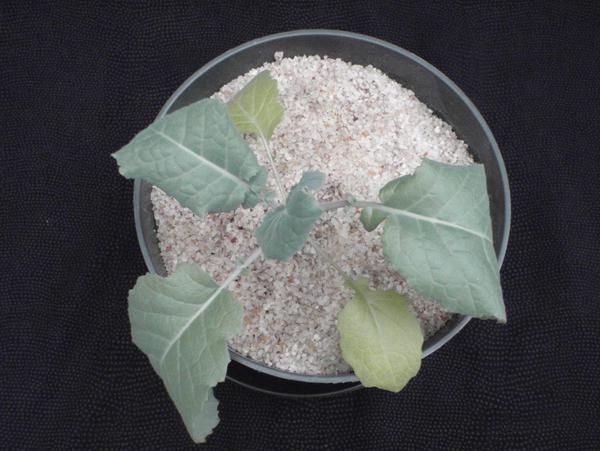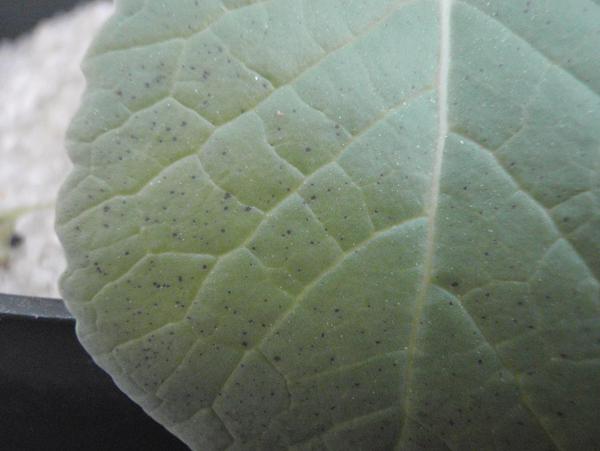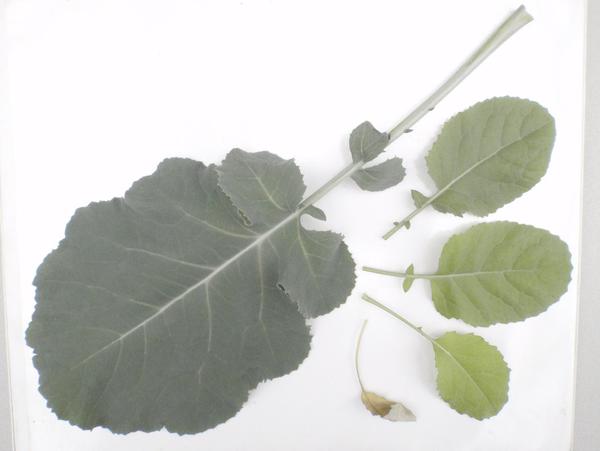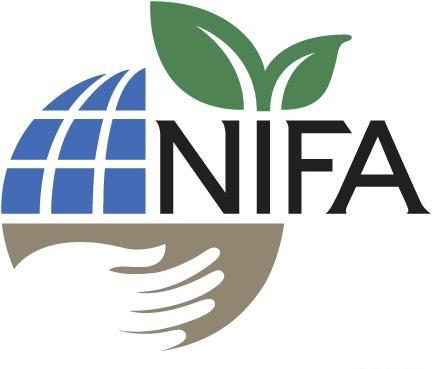From the Field - Agronomy Notes
In this Brassica carinata (Ethiopian mustard) update, we highlight the symptoms of nitrogen deficiency. These images are part of a project by the Southeast Partnership for Advanced Renewables from Carinata (SPARC) to develop a diagnostic series for the identification of nutrient disorders of Carinata. Carinata is an exciting new crop used for a wide variety of primary and secondary agricultural products including cover crops, feed stock, high protein meal, and rocket jet fuel. It is similar in management to Canola given both Canola and Carinata are winter annual Brassica oilseed crops.
Symptoms
Phosphorus (P), much like nitrogen, is one of the three macronutrients required by plants. As such, when phosphorus is limited, symptomology manifests quickly.
In Carinata, phosphorus deficiency will manifest first as an overall dwarfing when compared to a normal, healthy plant (Figure 1). If phosphorus continues to be a limiting factor, the plant will start to show signs of yellowing and slight discoloration of the lower foliage. Phosphorus is a mobile element which means that it will be translocated from older foliage to the growing points. This the discoloration will appear first on the lower foliage (Figure 2).
As symptomology progresses, the lower foliage may manifest dark circular spots (Figure 3). The spots appear as small, symmetrical, black and slightly sunken. They are evenly distributed over the surface of the leaves. In addition to these spots, the lower foliage will continue to become a yellow green. These spots and the yellowing of the leaf signals intermediate symptomology.
If corrective measures are not taken, the final and most advanced stages of phosphorus deficiency will manifest as a more severe yellowing of the lower foliage. If allowed to continue, the lower leaves will turn yellow, become necrotic, and abscise. Below you can see the progression of symptomology of the phosphorus deficient plant compared with a plant that has received all its essential nutrients (Figure 4).
Key Contacts
Key Contact Central East:
Dr. Angela Post, NC State Univ. Department of Crop and Soil Sciences – angela_post@ncsu.edu
Dr. Carl Crozier, NC State Univ. Department of Crop and Soil Sciences – ccrozier@ncsu.edu
Key Contact South East:
Dr. Michael Mulvaney, UF/IFAS West Florida Research and Education Center – m.mulvaney@ufl.edu
Contributing Authors: Paul Cockson, Dr. Carl Crozier, Dr. Ramon Leon, Dr. Michael Mulvaney, Dr. Angela Post, and Dr. Brian E. Whipker
Project Team: NC State Univ. personnel Paul Cockson (NC State B.S. student in Agroecology), Ingram McCall (Research Technician in Horticultural Science at NC State), Dr. Carl Crozier (Professor and Extension Specialist at NC State), Dr. Ramon Leon (Assistant Professor at NC State), Dr. Angela Post (Assistant Professor and Extension Specialist NC State), and Dr. Brian Whipker (Professor of Floriculture and Plant Nutrition in Horticultural Science at NC State). Univ. of Florida personnel Dr. Michael Mulvaney (Cropping Systems Specialist at UF/IFAS West Florida Research and Education Center.
Publication date: Jan. 1, 2021
N.C. Cooperative Extension prohibits discrimination and harassment regardless of age, color, disability, family and marital status, gender identity, national origin, political beliefs, race, religion, sex (including pregnancy), sexual orientation and veteran status.







